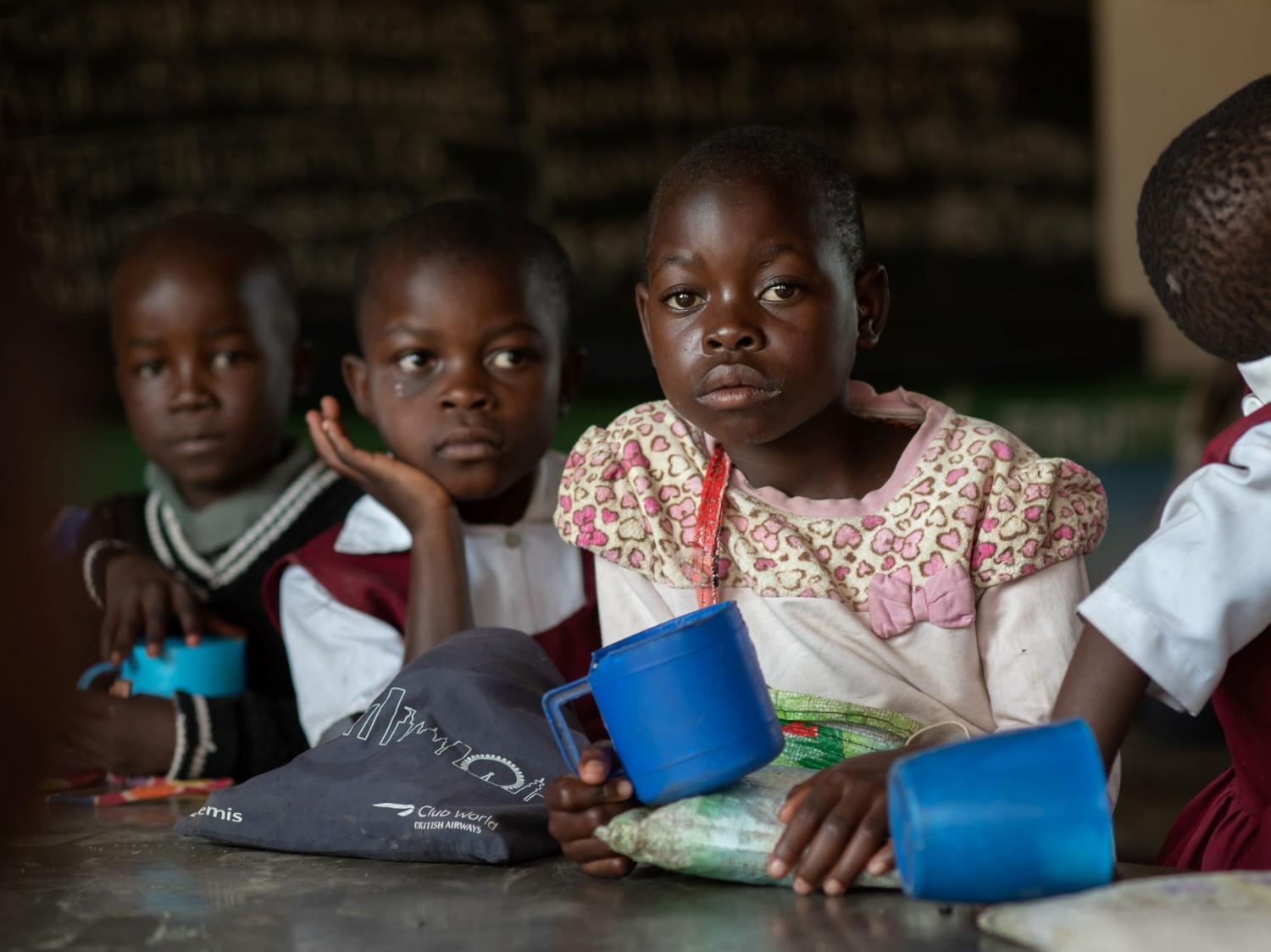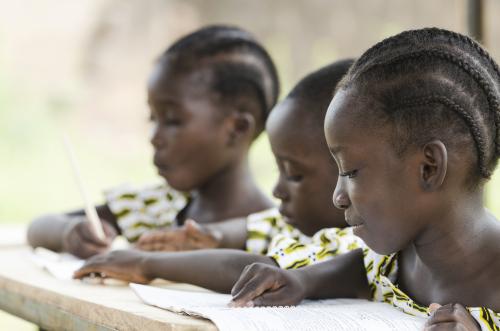The following is part of a series of briefs from Echidna Global Scholar alumni looking at school-related gender-based violence in primary schools. A longer policy brief synthesizing the cross-country findings is forthcoming.
Gender-based violence (GBV) is the most pervasive yet least recognized human rights violation in the world (Heise, Ellsberg, and Gottmoeller 2002). No longer only a general community issue, GBV has also infiltrated social places such as schools.
Despite numerous interventions to curb GBV in general, and school-related gender-based violence (SRGBV) in particular, cases of sexual, physical, and emotional abuse are escalating in Malawi. This worrisome situation has unfortunately rendered futile the Malawi government’s positive gender policy framework and past GBV interventions by local nongovernmental organizations.
Studies on SRGBV in Malawi report that cases of abuse and violence relate to the age and sex of victims. Violence and abuse mostly target the young and females (Bisika 2009; Burton 2005). In the Malawian education sector specifically, the research on sexual violence in primary schools has been inadequate. Thus, this study focused on primary education to ascertain the prevalence, patterns, and ways of dealing with SRGBV in Malawian primary schools. Could SRGBV affect students’ school performance, their ability to focus, and their ability to learn?
Objectives
This study is part of a larger cross-country study of SRGBV in primary schools that includes Jamaica, Kenya, Malawi, and Nigeria.
The “common study” held three specific research objectives:
- Establish the prevalence of and possible factors leading to SRGBV
- Determine country response options to the challenges posed by SRGBV
- Identify possible interventions toward minimizing
The research applied a mixed methods design (Creswell 2013), including quantitative surveys, qualitative focus group discussions, and a desk review targeting girls and boys of primary school age (10–13 years) as well as educators in selected primary-level institutions, including guidance counselors, head teachers, and teachers.
The Brookings Institution is committed to quality, independence, and impact.
We are supported by a diverse array of funders. In line with our values and policies, each Brookings publication represents the sole views of its author(s).









